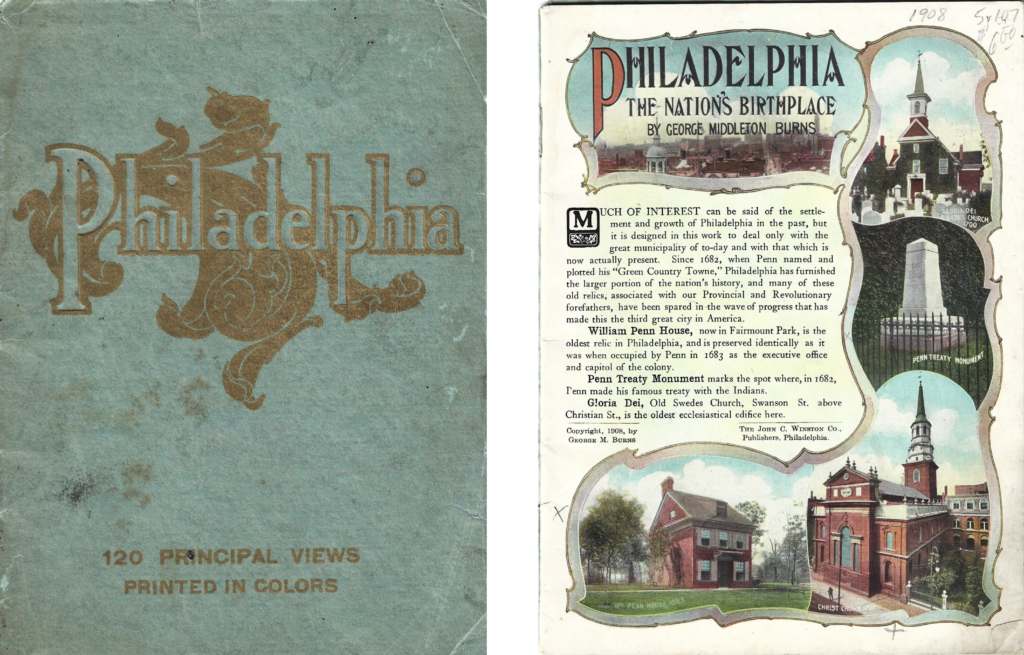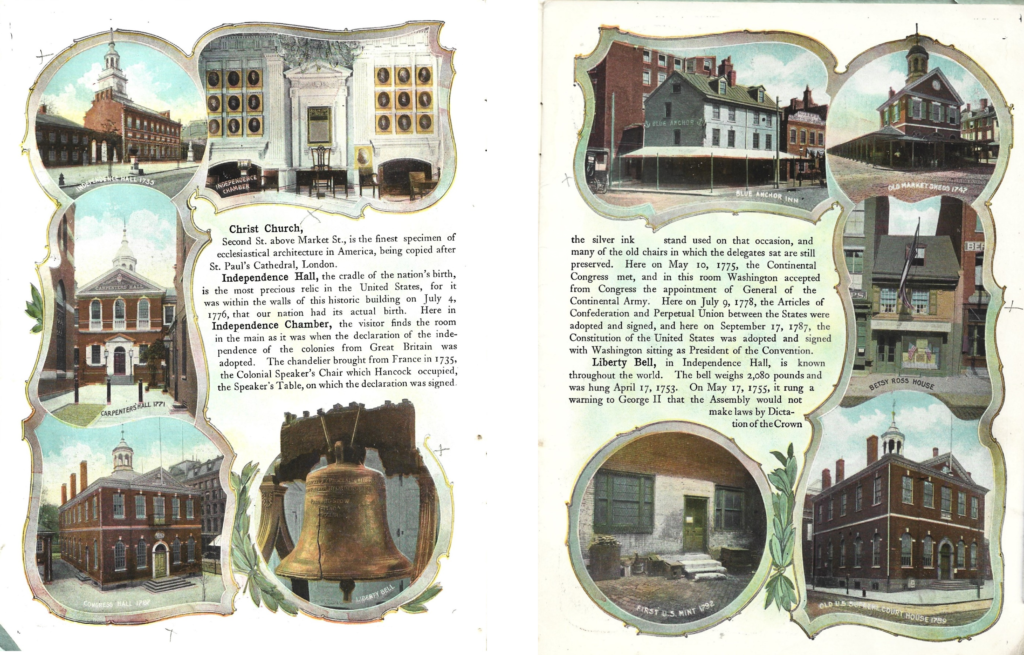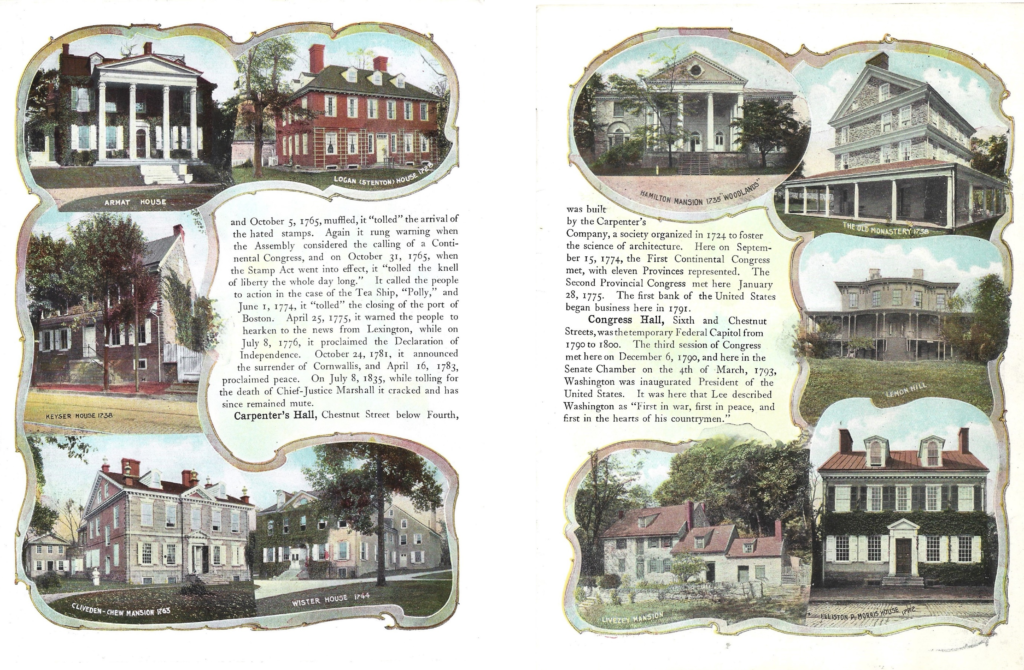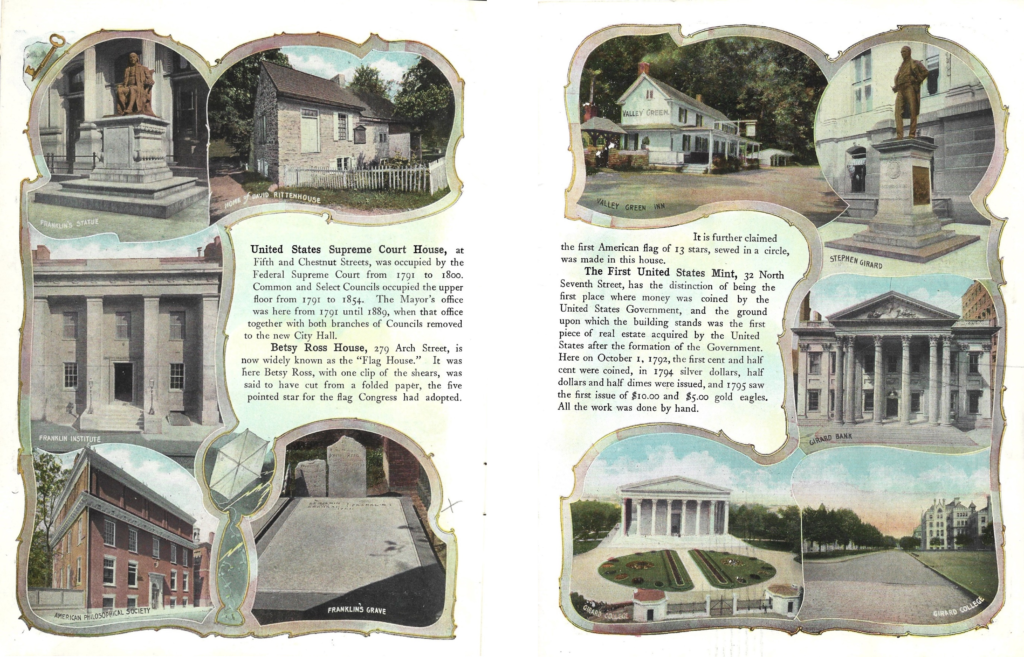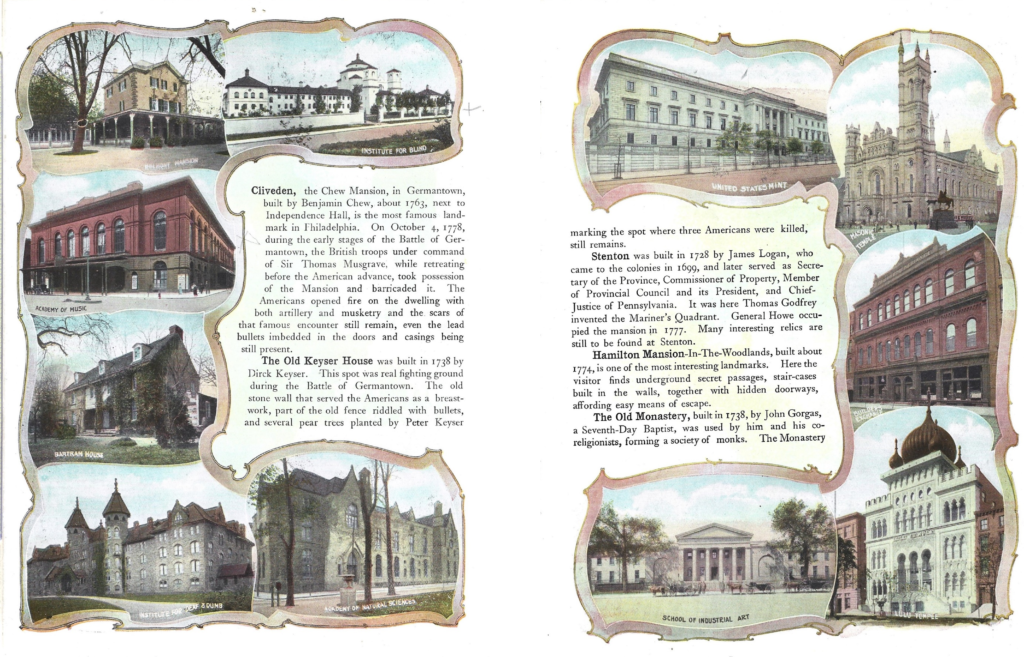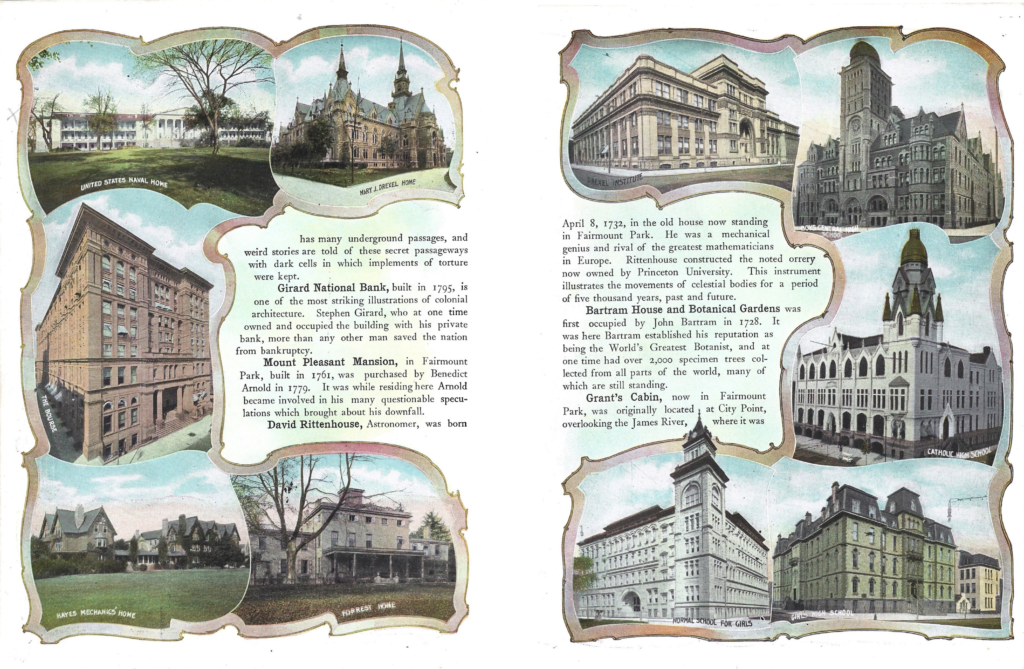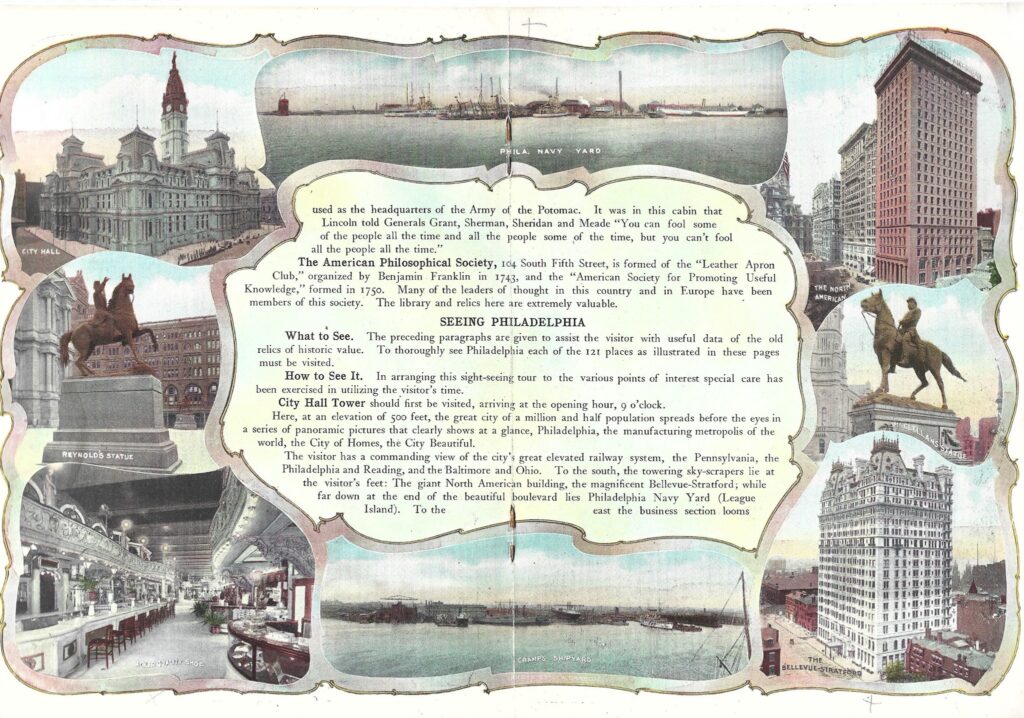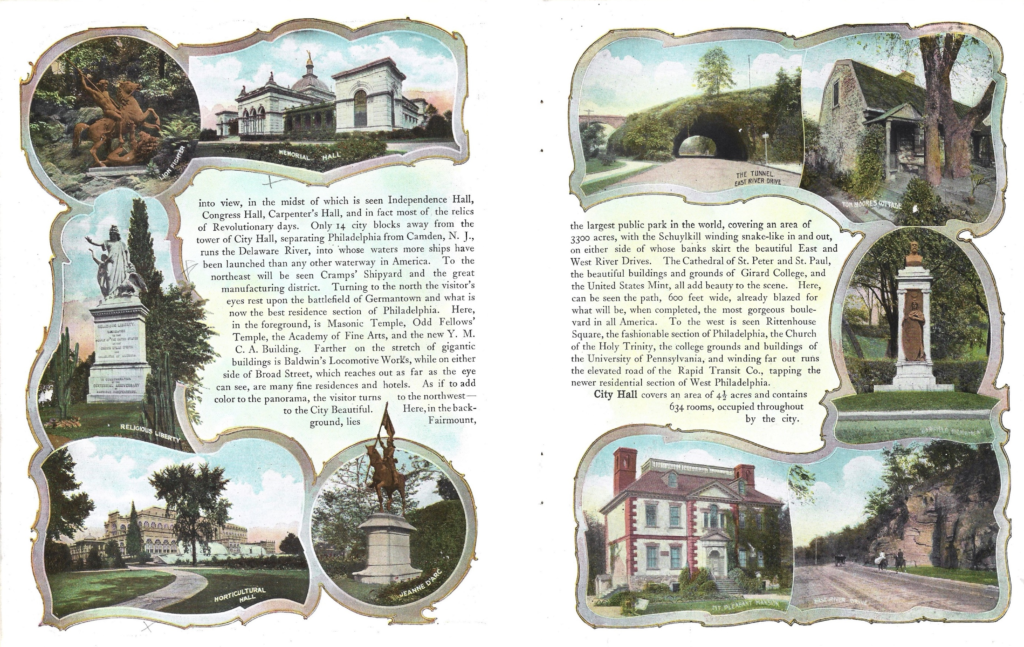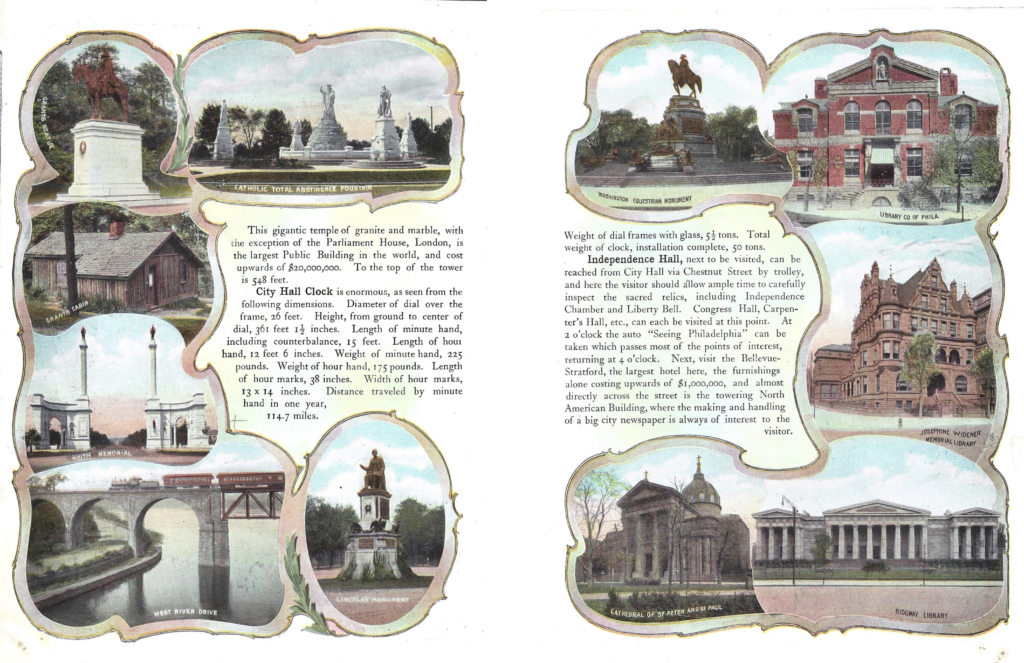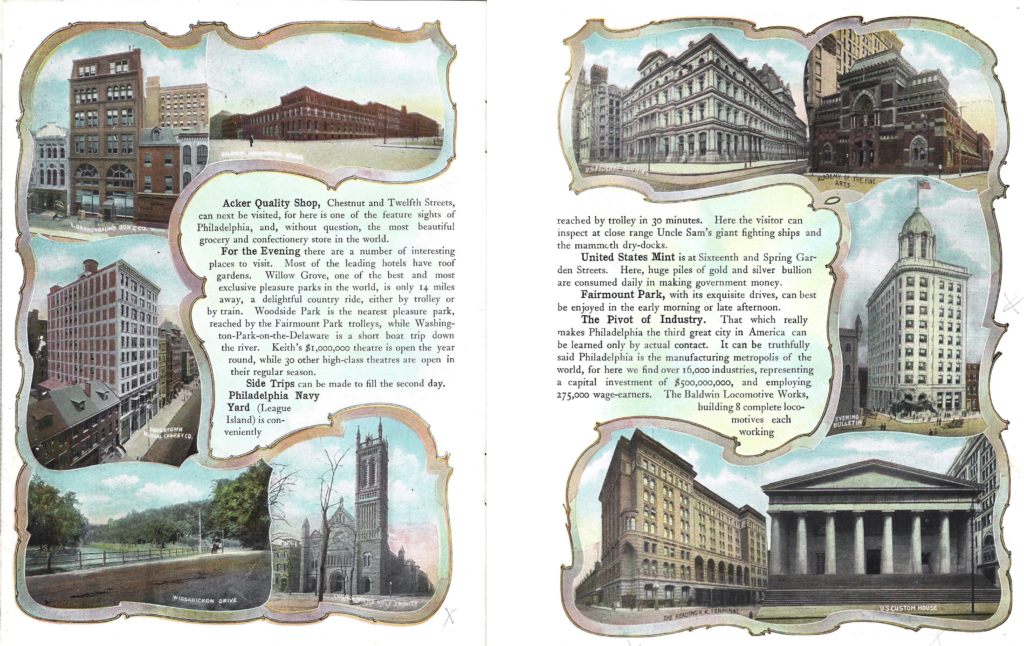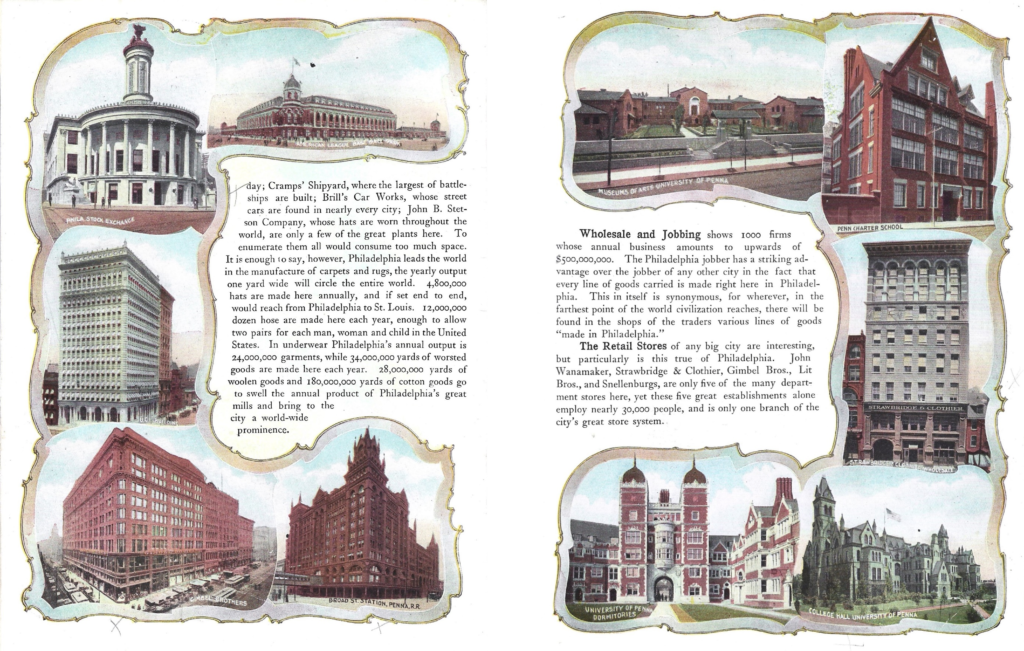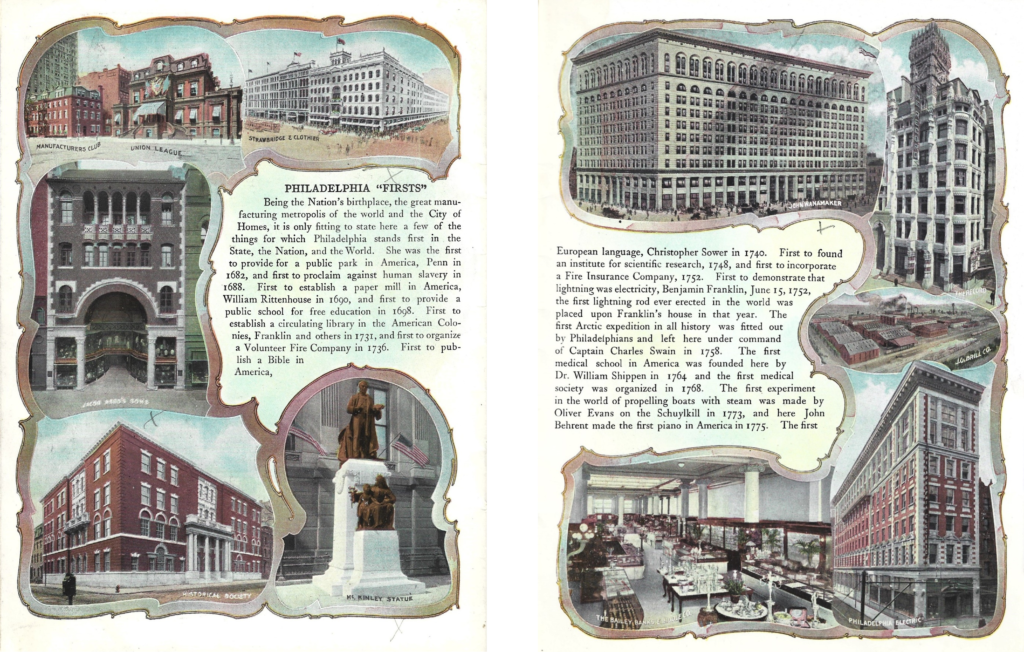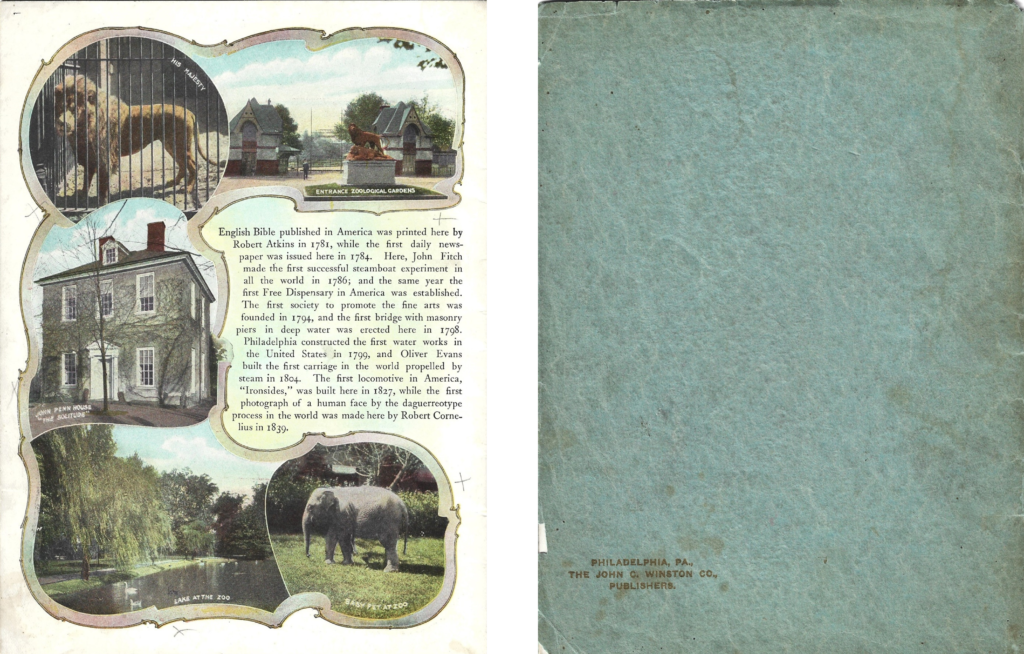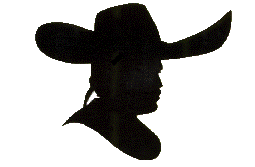Introduction:
Back in September 2023, I had the pleasure of participating in a class on Mexican American iconography taught by my colleague Alba Fernandez-Keys in Special Collections . Dr. Jacqueline Barrios is teaching about the history of the murals at the El Pueblo Neighborhood Center to a group of undergraduates. She asked me to provide a quick overview of the history of the Mexican American Community in Tucson, and I came up with the following. I didn’t use footnotes or do a lot of reading or research for this. I gave the talk using only what I already knew about our history. The document was recently edited and included in a “zine” that Dr. Barrios and others produced. Here’s the original document.
A quick overview of the history of the Mexican American community in Tucson
By Bob Diaz
The Tucson region is one of the longest continuously inhabited regions of North America, and was home to indigenous (Hohokam, Tohono O’Odham, Apache) and Mexican people long before the arrival of the Anglo. The Spanish arrived in the late 1400s and within 30 years, defeated the Aztecs, who ruled the valley of Mexico at the time. Spanish adventurers explored this area in the 1500’s and by the late 1600’s had managed to build a series of missions in northern Sonora and southern Arizona, subjugating the native populations through religion and the use of force. The Spanish ruled in the borderlands region for over 100 years, but the area was never heavily populated, because the Apache and other tribes were not willing to be subjugated to Spanish rule, and they fought back. The desert heat and a lack of water also made the area a difficult place in which to live .
By 1820, Mexico defeated Spain in a 10-year war for liberation. However, establishing strong leadership and a strong army to protect itself was difficult to accomplish, and the United States, hungry for land, began to set its sights on conquering Mexico. Manifest Destiny, the idea that the United States was destined by God to rule North America from the Atlantic to the Pacific, provided justification for American aggression and expansion. The discovery of gold in California also fueled US interests. The US made up some trumped-up excuses to go to war with Mexico in 1846, and within just two years, claimed victory, along with all the land from the southernmost part of Texas all the way up to the state of Washington. Mexico reluctantly signed the treaty of Guadalupe Hidalgo in 1848. The original treaty was watered down by the time it was finally signed, but the people who decided to remain were granted the right to retain their religion, their customs, and their language. Most lost their property, however, and there occurred rampant violence and discrimination, especially in California, where gold fever drew thousands of Anglos and a variety of other groups to the region in the mid-1800s.
The area south of the Gila River down to the current US Mexico border did not become part of the United States until 1854, when both countries signed the Gadsden Purchase. The US wanted the land to build a transcontinental railroad and word had gotten out that the area was also rich with mineral wealth. Tucson remained a very small town until the late 1880s, when arrival of the railroad brought with it many people from the east coast, including Jewish and Anglo capitalists, and various other European ethnic groups.
The town grew, and land was passed from Mexican/Indigenous to Anglo owners within a few short years. Anglos dominated commerce and politics as early as 1900s.
Many Mexican families lived in rural areas on ranches, but Tucson was also populated with a considerable number of Mexicanos. In fact, they constituted the majority until 1900 or so.
The time period between 1910 and 1920 was one of the most volatile of the 20th century. There was a great deal of labor strife in the US, a revolution in Russia and a world war in Europe. The Mexican Revolution that started in 1910 and lasted for a decade, displaced many Mexicans, and a lot of them ended up north of the border. They were also actively recruited by mine owners who promised steady work.
Mining became a big industry, and boomed in towns like Bisbee, Tombstone and Ajo, and there were mines surrounding Tucson to the north and south. Mexican laborers were recruited from Mexico. They came and went freely until the mid-20s, approximately.
As the make up of Tucson changed, it became segregated, with the Anglo population for the most part moving east and north, and the Mexican population moving south and west. Mexicans worked in the mines, laundries and railroads and in other labor intense occupations. Very few graduated from high school. This pattern continued through WWII. Mexican Americans were punished for speaking Spanish in school, and many of the children of couples who married during world war II had to abandon learning their parent’s native language.
Lots of young Mexican Americans were drafted during WWII, and afterwards some took advantage of the GI Bill and received college educations.
By the 50s, the only Mexican American leaders were in organized labor. There were but a few educators. None were involved locally in politics.
The Sixties brought changes. The civil rights movement, the farmworker movement, the women’s rights movement, the gay liberation movement, the American Indian movement, and the Chicano movement created some significant shifts in people’s understanding of the American power structure.
At the same time, some Mexican Americans became “professionals” with degrees. There were educators and politicians. Some fought for bilingual education and a few were even elected to public office.
As urban renewal was happening in the 60s, and the destruction of the barrio was taking place, some young Mexican Americans began to embrace the label, “Chicano”. Basically, a Chicano is a Mexican of American descent with a sense of cultural pride and a political awareness and understanding of history.
These young Chicanos typically clashed with their parent’s generation. They dressed like hippies, wore long hair, did drugs and were politically aware. Their heroes became people like Che Guevara and Emiliano Zapata. Cesar Chavez, and other contemporary leaders like Rudolfo Gonzalez, Reies Lopez Tijerina and Jose Angel Gutierrez. They immersed themselves in music, art, theater and literature. Works like “Yo Soy Joaquin” and films like “Yo Soy Chicano” began to tell the story of the Mexican people from a more radical, leftist perspective, and a sense of pride developed around their indigenous roots. People started using Aztec, Mayan and other indigenous symbols in their works. Groups like Teatro Campesino wrote plays with pro-labor messages. Aztlan, which was known as the original homeland of the Aztecs, became the symbolic place of origin that people pointed to as “our homeland”.
The local community protested the destruction of the barrio, and while most of it was destroyed, it was able to stop the state from building a freeway through what remained of the old barrio. People rallied around the El Tiradito shrine and were able to get it recognized as a historically significant site.
Across the nation, young Chicanos began protesting the Viet Nam war and became active in the farmworker movement, picketing liquor stores and boycotting grape. Young Chicano activists in Tucson began protesting a lack of public accommodations for people in the barrios. A group called the El Rio Coalition, for example, fought City Hall and demanded that a “people’s park” replace the El Rio Golf Course on the City’s westside. As a result, the City finally listened and built Joaquin Murrieta park and the El Rio Neighborhood Center, and developed community based programming for senior citizens, children and others. It also created meeting spaces for local groups to meet. A library was also included in the Center. This facility was the first in Tucson to serve the local Mexican American Community. Within a few years, neighborhood centers were built in the African American parts of town and on the City’s Southside. The El Pueblo Neighborhood Center was built in the mid-70s and served a very large Mexican American population, that previously did not have many facilities, other than the YMCA and the rodeo and fair grounds.
The El Pueblo Neighborhood Center filled a very important need for the City’s southside residents, and hosted fiestas, senior citizen clubs, daycare, English as a Second Language classes, health screenings, and was home to community organizations such as Teatro Libertad, which produced skits and plays and performed them there in the Center. A branch of the Tucson Public Library was also opened there. Congressman Raul Grijalva was named director of the Center when it opened. He went on to serve on the TUSD School Board and the Pima County Board of Supervisosors. He has served as a Congressman in Washington for approximately 20 years.
